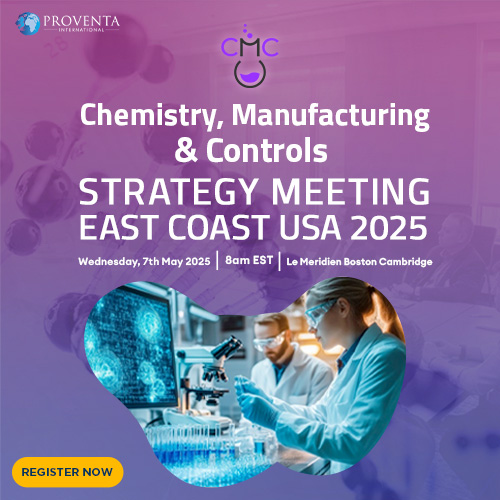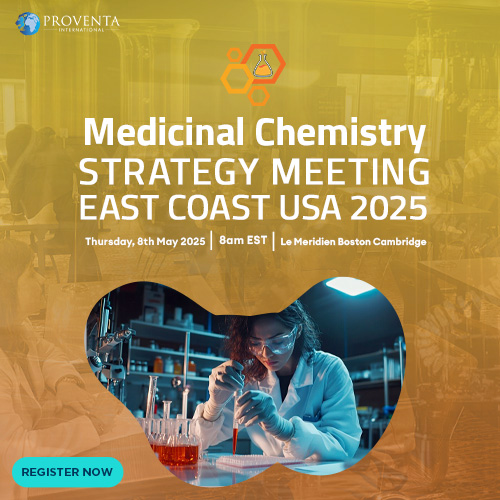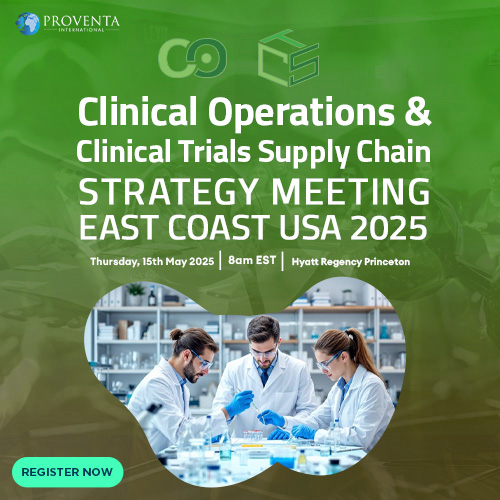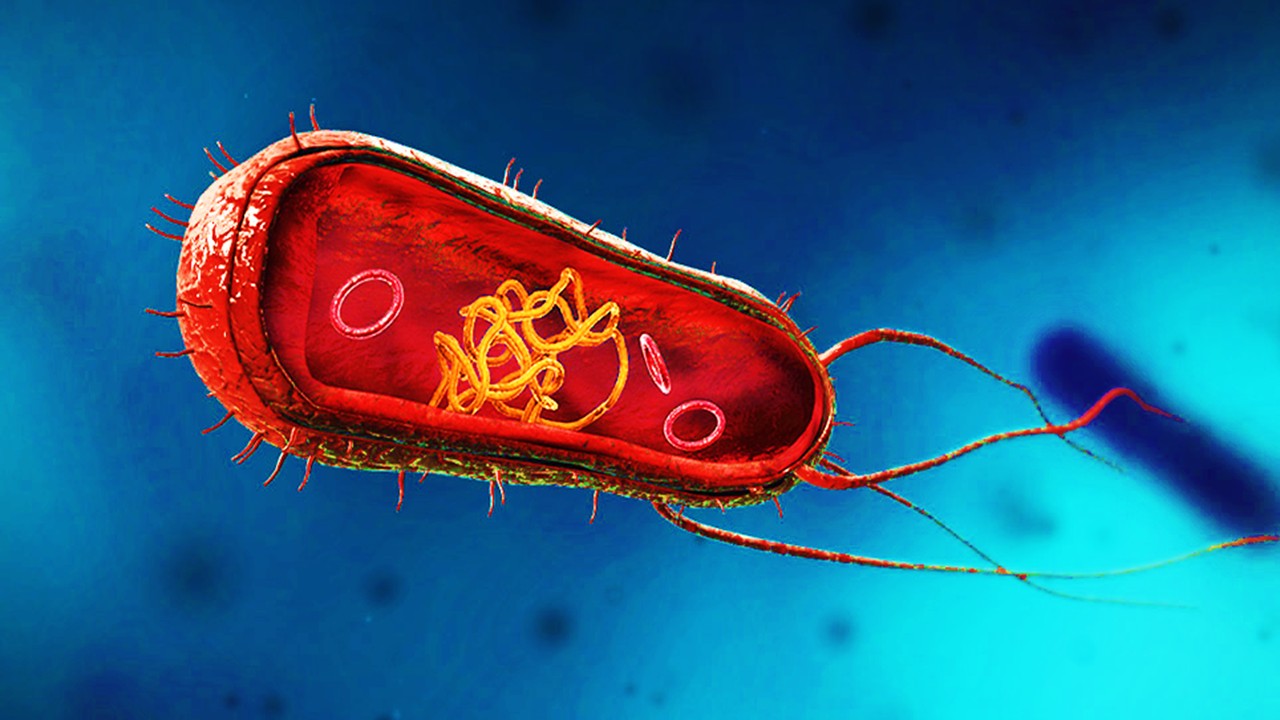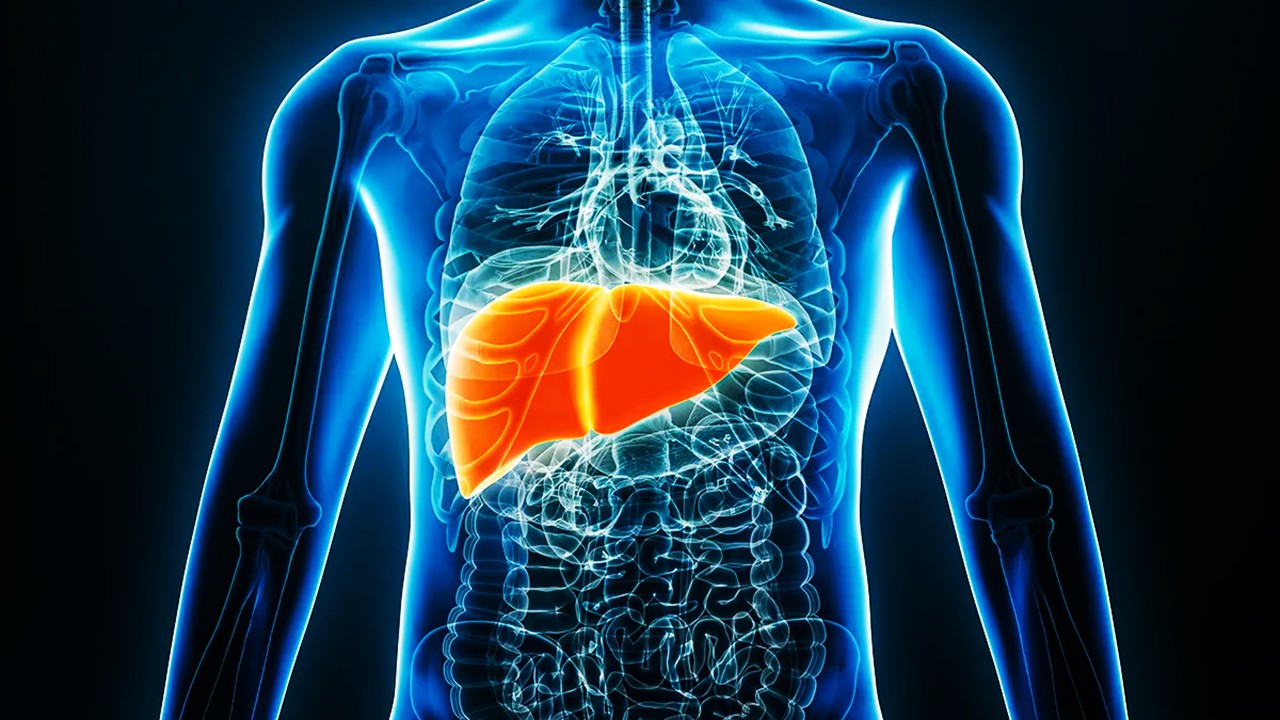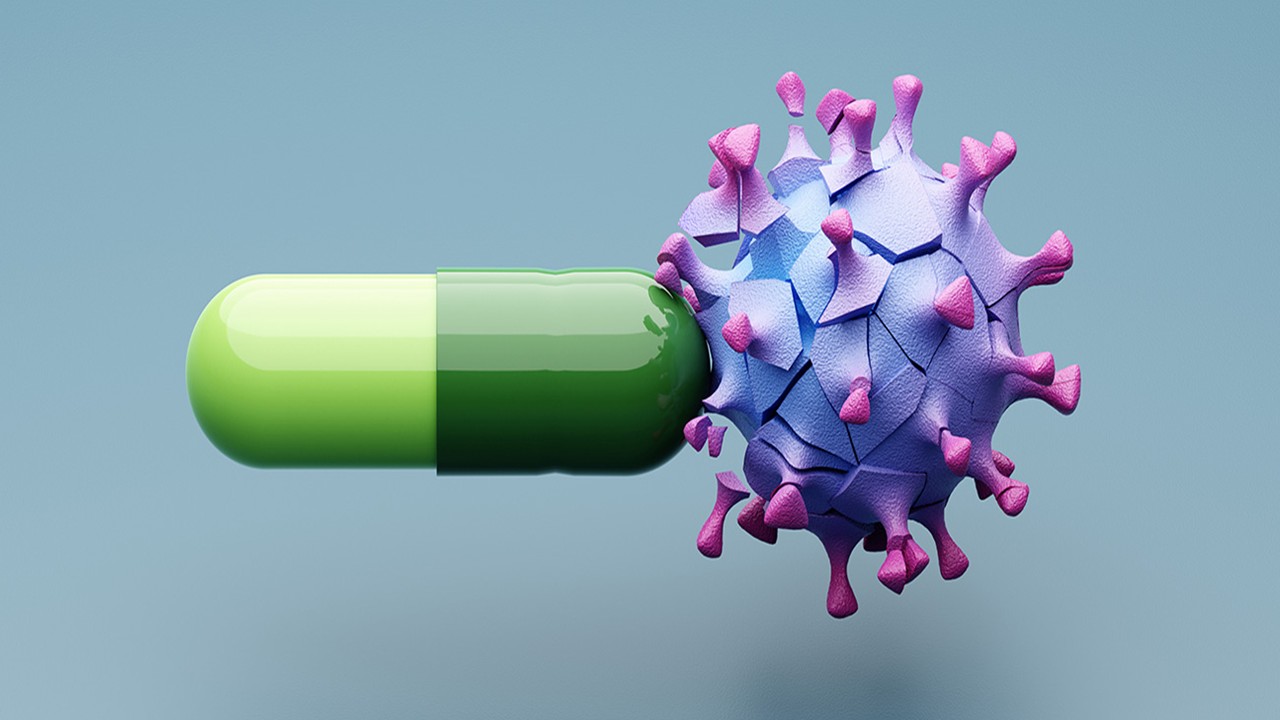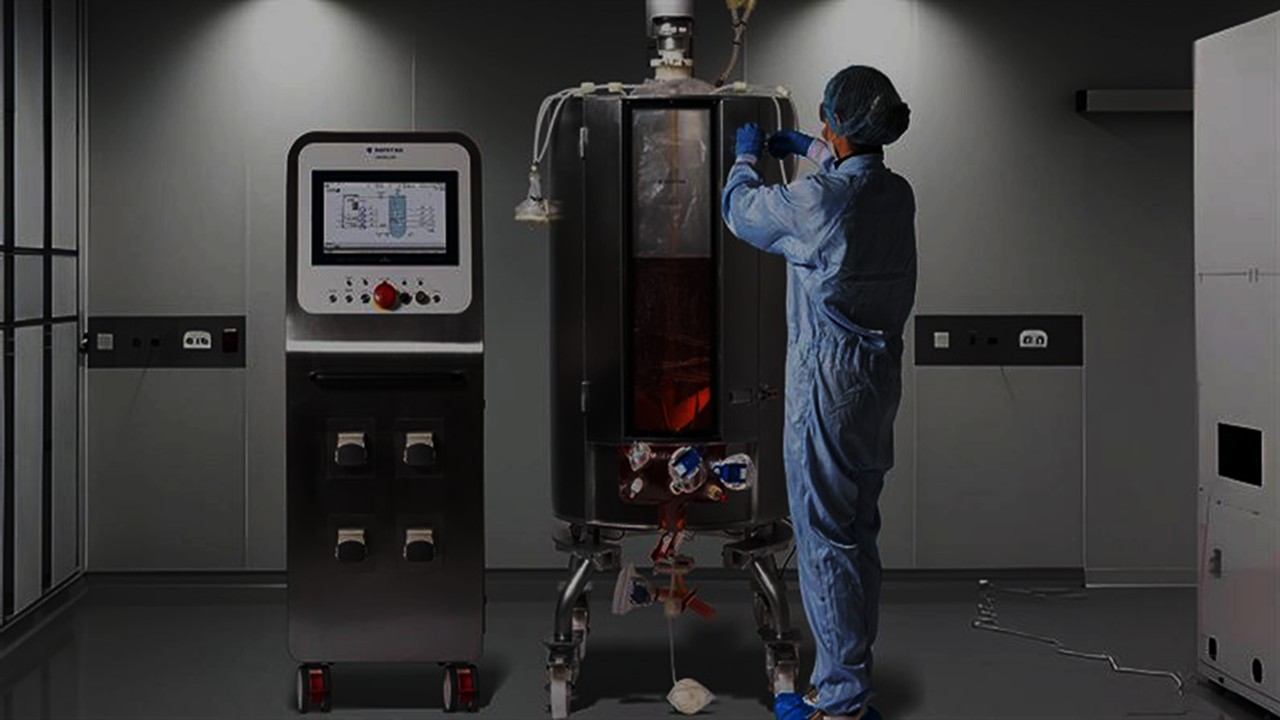From Hypothesis to Hit: How AI Is Reengineering the Scientific Method in Drug Design
For decades, the central dogma of drug discovery followed a labor-intensive and stochastic trajectory. Molecules were synthesized and screened in vast quantities, with only a sliver showing pharmacological promise. But artificial intelligence is now challenging that trajectory, not by replacing scientists, but by reengineering how they form hypotheses in the first place. This shift—from empirical fishing expeditions to algorithmically-guided explorations—has birthed a new era of rational drug design with precision that was once inconceivable. At the center of this evolution are generative AI models trained on molecular representations, biological annotations, and binding kinetics.
The paradigm shift begins with how potential drug targets are identified. Traditional methods relied heavily on genome-wide association studies and laborious wet-lab validations. Today, AI systems ingest multi-omic datasets—including transcriptomic signatures, proteomic landscapes, and pathway topologies—and extract relational structures that hint at regulatory choke points in disease networks. This multiscale integration allows for a more nuanced understanding of disease etiology and mechanistic vulnerability. The resulting targets are not just statistically significant—they are biologically contextualized.
AI further accelerates the drug discovery process by simulating binding interactions before a single compound is ever synthesized. Models trained on historical structure-activity relationships can now predict binding affinity with remarkable structural intuition, suggesting optimal chemotypes that were previously unreachable. This has led to a form of in silico pre-screening that dramatically reduces the number of molecules needing synthesis, while increasing the probability that any one of them will demonstrate desired activity. As a result, medicinal chemistry is increasingly less about guesswork and more about informed iteration.
Yet what truly sets this revolution apart is that AI models now operate not just on isolated chemical entities, but on full-scale biological graphs. This enables the simultaneous optimization of pharmacodynamics, pharmacokinetics, and toxicity profiles. A new generation of models, like GraphBAN, exemplifies this convergence of structural biology, cheminformatics, and machine reasoning. These systems are redefining what is computationally and scientifically possible in early-phase drug development.
Introducing GraphBAN: Graph-Based Attention Networks for De Novo Molecule Design
GraphBAN stands for Graph-Based Attention Network, and its architecture represents a tectonic shift in how molecules are treated by machines. Rather than encoding molecules as flat sequences or high-dimensional fingerprints, GraphBAN treats them as mathematical graphs—nodes representing atoms, edges representing bonds—allowing the model to reason over molecular topology directly. This abstraction is not merely aesthetic; it enables the model to capture long-range dependencies, steric interactions, and localized electron cloud behaviors in a way that traditional descriptor-based models cannot.
Unlike convolutional neural networks, which struggle with permutation invariance in graph data, GraphBAN employs attention mechanisms that weigh the relational importance of different atomic configurations during training. This allows the model to prioritize pharmacophores and substructures with biologically validated relevance. During generation, GraphBAN doesn’t just propose random fragments—it constructs scaffold-aware molecules with embedded physicochemical constraints and ligand efficiency in mind. This leads to generated compounds that are not only synthetically accessible but also structurally elegant.
GraphBAN’s utility doesn’t end with generation. It also incorporates a reinforcement learning loop where molecules are scored against specific objectives—such as target selectivity, blood-brain barrier penetration, or metabolic stability—and iteratively improved. This closed-loop architecture bridges the gap between de novo generation and lead optimization, a phase often plagued by attrition due to poor ADMET properties. With every iteration, GraphBAN refines its internal chemical language, learning not just what is probable, but what is clinically meaningful.
One of the more radical innovations within GraphBAN is its ability to interpolate between chemical spaces. Traditional models extrapolate from known regions, but GraphBAN can transition from a well-characterized molecular cluster to unexplored topologies, guided by learned latent vectors. This property has led to the identification of entirely novel scaffolds that lie outside the traditional med-chem playbook. In effect, it is a tool not for refining the known, but for venturing into the unknown with surgical confidence.
Reconstructing Molecular Intelligence: From Static Libraries to Evolutionary Search
The pharmaceutical industry has historically leaned on compound libraries—relics of combinatorial chemistry campaigns and historical hits. But this reliance on static databases has often limited exploration to familiar territories. AI-driven platforms like GraphBAN dismantle this constraint by employing evolutionary algorithms and probabilistic modeling to explore chemical space dynamically. Molecules are no longer selected—they are evolved, tested, and re-evolved in silico with performance metrics as the driving fitness function. This mimics natural selection at molecular scale, compressing what would take years into weeks.
At the heart of this evolutionary engine is the reward model, which is tailored to the end-goal of each discovery campaign. For a neurodegenerative target, for example, lipophilicity and CNS permeability might be prioritized. For an oncology target, tumor selectivity and metabolic bypass routes could dominate. GraphBAN integrates these multi-objective constraints into its generative framework, reshaping how molecular “fitness” is defined. This leads to molecules optimized for a multidimensional performance surface rather than just one-off binding affinity.
More striking is GraphBAN’s ability to learn from failure. Molecules that fail a certain toxicity filter are not discarded without consequence—their features are retained and integrated into the model’s discriminatory schema. This feedback loop transforms each rejected molecule into a data point that tightens the model’s intuition. Over time, the system becomes increasingly calibrated to the design constraints imposed by therapeutic intent and manufacturability.
This evolution-based methodology introduces a level of flexibility that fixed libraries could never accommodate. The model doesn’t just propose the most likely candidate—it crafts the most viable compromise between efficacy, safety, and economic feasibility. And because the process is entirely digital until synthesis, multiple hypotheses can be tested in parallel, allowing for an unprecedented branching factor in early-stage research planning.
Translating Prediction Into Practice: Bridging the Gap Between AI and the Wet Lab
Despite AI’s growing sophistication, its true power lies in its capacity to collaborate with, rather than supplant, experimental pharmacology. Predictions, no matter how accurate, must contend with cellular heterogeneity, off-target pharmacodynamics, and synthetic feasibility. GraphBAN acknowledges this reality by incorporating wet-lab feedback into its learning loop. Molecules that make it to assay are analyzed not just for success, but for divergence from predicted outcomes. This residual error becomes training fodder for subsequent model refinement.
AI’s integration into synthesis planning marks another critical juncture. Historically, synthesis has been a rate-limiting step in drug discovery, bottlenecked by human intuition and availability of reagents. GraphBAN can interface with retrosynthetic models to evaluate synthetic accessibility and even propose reaction pathways. By assessing not only a molecule’s likelihood of efficacy but also its ease of production, AI ensures that promising candidates do not stall at the bench. This coherence between design and execution creates a full-stack digital workflow.
GraphBAN also enables virtual screening cascades to become increasingly sophisticated. Rather than simple ligand-protein docking predictions, AI systems can now simulate allosteric modulation, conformational entropy shifts, and induced-fit models. This allows for identification of non-classical binders—molecules that modulate protein function without occupying traditional binding pockets. Such mechanisms are increasingly relevant for diseases where direct antagonism fails to produce a therapeutic effect.
Ultimately, this interface between digital simulation and laboratory execution forms the beating heart of modern translational pharmacology. It’s not enough to predict—it must be reproducible. And AI, particularly systems as context-aware as GraphBAN, are uniquely positioned to close the loop between computational foresight and empirical confirmation.
Toward Rational Polypharmacology: Embracing Complexity Over Simplicity
In the early years of drug development, “one drug, one target” was the dogma. But biological systems do not operate with such elegance. Diseases like cancer, neurodegeneration, and metabolic syndromes arise from networked dysfunctions, not single molecular misfires. AI frameworks like GraphBAN are uniquely suited to embrace this complexity. Rather than pruning it down, they simulate multi-target interactions and can design compounds with intentional polypharmacology—molecules that engage multiple relevant targets simultaneously.
This is particularly powerful in oncology, where drug resistance arises through pathway redundancy. A molecule that inhibits only one node in a signaling cascade may be circumvented by upstream compensations. AI-driven design can preemptively identify such escape mechanisms and construct molecules with compensatory activity across the pathway. These are not simply multi-drugs—they are multi-modal within a single chemical architecture.
AI also allows for precision tuning of off-target effects. By weighting predicted interactions with both therapeutic and adverse pathways, GraphBAN generates compounds with a preferential bias. This shifts the conversation from “is it selective?” to “is it functionally optimal?”—a much more refined formulation of drug design success. Rather than seeking purity, the model seeks balance, a trait more reflective of biological realities.
Incorporating patient-specific data, such as single-cell RNA sequencing or genetic variants, further individualizes this process. AI models can predict how a drug will perform in distinct patient subpopulations before clinical trials even begin. This leads to a fundamental reframing of clinical pharmacology—from population-level approximations to molecular personalization, guided not by statistical heuristics but by mechanistic clarity.
The Future Lab Is Algorithmic: Democratizing Drug Discovery Through Code
What GraphBAN and similar platforms offer is not just speed or accuracy—they offer accessibility. Drug discovery, historically locked behind billion-dollar walls, is beginning to open. With open-source models, cloud-based training architectures, and increasingly modular pipelines, the tools for therapeutic innovation are migrating from Big Pharma to startups, academic labs, and even independent researchers. This democratization has profound implications for global health equity and scientific innovation.
These platforms will not remain static. Next-generation models are already incorporating quantum chemical calculations, multi-modal protein interaction networks, and reinforcement learning architectures that operate in continuous action spaces. The lines between physics, biology, and computation are dissolving into a unified scientific language—a codebase that can be interrogated, reprogrammed, and optimized with unprecedented transparency and speed.
One of the most promising trajectories is the emergence of collaborative ecosystems around AI-driven drug discovery. GraphBAN’s predictive insights can be linked with real-time lab data via digital lab notebooks, allowing for continuous retraining. Such adaptive workflows promise a future where models do not just assist discovery—they evolve alongside it, forming a symbiotic relationship between human intuition and machine inference.
In the end, the promise of GraphBAN is not merely technical—it is philosophical. It redefines what it means to discover, not as an act of randomness tamed by scale, but as a process of intelligence—deep, recursive, and designed. AI is not replacing scientists. It is rebuilding the laboratory itself—line by line, node by node, graph by graph.
Engr. Dex Marco Tiu Guibelondo, B.Sc. Pharm, R.Ph., B.Sc. CpE
Editor-in-Chief, PharmaFEATURES

Subscribe
to get our
LATEST NEWS
Related Posts

AI, Data & Technology
Cold Chains and Invisible Threads: Real-Time Monitoring Systems are Redefining API Logistics
The endgame for real-time monitoring of API shipments is not the device or the dashboard, but a harmonized digital infrastructure that renders temperature excursions obsolete through preemptive foresight.

AI, Data & Technology
Precision in Three Dimensions: A Novel Approach to Tumor Resection and Reconstruction of the Femoral Trochanter
The integration of digital modeling and personalized guides into the surgical workflow transforms the execution of tumor resection and reconstruction.
Read More Articles
Mini Organs, Major Breakthroughs: How Chemical Innovation and Organoids Are Transforming Drug Discovery
By merging chemical innovation with liver organoids and microfluidics, researchers are transforming drug discovery into a biologically precise, patient-informed, and toxicity-aware process.
Tetravalent Vaccines: The Power of Multivalent E Dimers on Liposomes to Eliminate Immune Interference in Dengue
For the first time, a dengue vaccine candidate has demonstrated the elusive trifecta of broad coverage, balanced immunity, and minimal enhancement risk,
